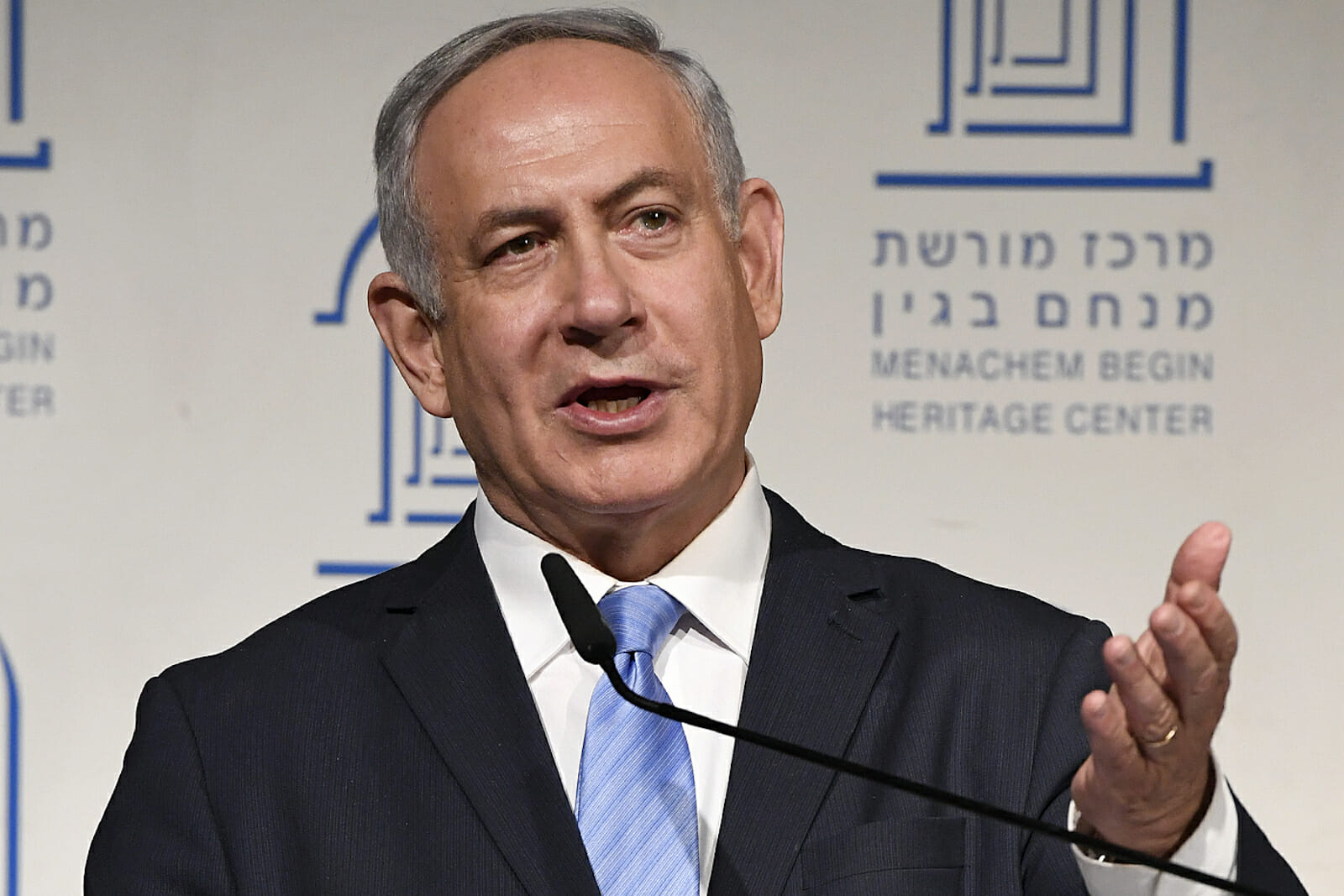
Two-State Solution – Why and How the Possibility Remains
Trump is vowing to deliver regional peace under his ‘Deal of the Century’ rhetoric due in early 2019. Yet, it is anybody’s guess when the next round of Israel-Palestine peace process will kick-start. Moreover, despite strong support for the two-state solution, a one-state solution is often seen promoted by media, academic and some marginal political groups due to reasons such as lack of political engagement, lackadaisical confidence measures, violence, and extremism.
The exigencies involved from both sides for a fair solution to end the conflict are manifested in Israel’s very survival and Palestinians’ national aspiration for an independent state. Both sides are vying for existence, whereas an idea of co-existence comes later. Given Trump and his accomplice Netanyahu’s hawkish stance towards the peace process, it is the Palestinian people who are literally paying the huge cost for the conflict in terms of lives, development, rights and so on.
Although, the UN Security Council (UNSC) resolution 242 is an international agreement for the two-state solution based on June-1967 lines, it no longer appears beneficial to Palestinians if Israel does not cede its significant and proportionate land in exchange of settlements but also for the resolution of permanent status issues that it has deliberately delayed over decades.
To summarize, Palestinians are demanding Palestinian sovereignty over 22 percent of the land (although groups like Hamas are demanding full sovereignty on historic land including Israel). This main demand includes – resolving permanent status issues – that is, recognition of Palestinian refugee’s right to return in pre-1967 Israel, East Jerusalem as a capital, an administrative control over Al-Aqsa Mosque, a land that is to be given in exchange of Jewish settlements in Occupied Territories (West Bank and East Jerusalem), an end to Gaza blockade, and a land bridge passing through Israel to connect the West Bank and East Jerusalem to the Gaza Strip as well security and border management.
If one looks at the Jewish settlements expansion, security barriers, and Israel’s occupation of the Occupied Territories, without land swaps the state of Palestine is hard to imagine. Israel is found to be uncompromising on ceding an occupied land as it fears losing territorial integrity, sovereignty, and security of the people. Israel currently holds nearly 78 percent of historic Palestine. The Oslo Accords divided the remaining 22 percent area – future state of Palestine, into three parts with limited Palestinian presence. Notwithstanding, the Israeli occupation has not restrained from building new settlements.
Its perennial policy of destroying the territorial integrity of the future Palestinian land to be returned to the Palestinian people is ongoing. UN resolution 2334 clearly reiterates that settlements are dangerously imperiling the viability of the Palestinian state. Nonetheless, Israeli leadership is seen busy protecting the interests of the Jewish settlements to weaken Palestinian demand. Buying time for Israel, therefore, only relates to containing Palestinian demand for a separate statehood limited to Gaza alone. In 2005, Israel unilaterally withdrew a total of 16 settlements from the Gaza Strip.
The principle of land swaps has become a precondition to discussing permanent status issues. The Israel-Palestine conundrum received an international impetus to kick-start negotiations following the Madrid Conference in 1991 against the backdrop of the first intifada in the 1990s. After signing of the Oslo Accords, negotiations for the permanent status agreement were decided to commence no later than May 4, 1996, to discuss permanent status issues. The parties didn’t meet the May 1996 deadline. So the talks were pushed under the Wye River Memorandum in October 1998, and following failure under the timeframe set it was decided that parties will mint the deal by no later than May 4, 1999, and later under the pretext of Sharm el-Shaikh Memorandum in September 1999.
In the event of this stalemate, Israel proposed 91 percent West Bank and 1 percent land to be swapped from the pre-1967 Israel during the Camp David Summit in 2000. During the same time, Clinton’s ‘parameters’ included land swaps – 94-96 percent West Bank, and 1-3 percent land swap, as previous artificial deadlines didn’t solve the deadlock. In order to protect its settler population with due neglect to Palestinian demands, during Taba talks in 2001, Israel offered two options: 1) 95 percent West Bank, 2) 94 percent West Bank and 2 percent West Bank leased by Israel. But, Israel’s willingness and Palestinians’ demand didn’t match.
In the later round of negotiations, whether it is the Quartet (or the Roadmap For Peace) formed in 2003, Geneva Accords, Annapolis Conference in 2007 (Israel offered 5.8 percent land of pre-1967 Israel), the Arab Peace Initiative in 2002, the renewal of talks under former US Senator George Mitchell’s between 2009-2011, or John Kerry’s efforts in 2013, the two-state solution out rightly inherited the principle of land swap. In fact, it is Israeli banality that it is hindering peace by not ceding proportionate land to Palestinians and by manufacturing facts on the ground. Israel is selling a claim that it is Palestinian leadership who is unwilling to accept these offers. However, significant and proportionate land under Israeli occupation is needed should there be a two-state solution. The international community should act in accordance with the Palestinian demand for such a land equal in quality and value.
From 1948 to 2012, Israel received 1,223,723 Russian Jews from the former Soviet Republics and Russia. Therefore, the claim that settler rehabilitation is impossible is false. Instead, Israel can accept the certain magnitude of Palestinian refugees too, as well on the swapped territories with financial aid. The principle of land swaps, thus, would make state administration and institutions from both sides to engage in security and development cooperation, border management, intelligence sharing, and state building. It will significantly contain hostilities by accepting refugees and settlers. This would need, in addition to a two-state solution based on ‘June-1967 lines and land swaps,’ heightened international support for this two-state option and its mobilization among Arab states, Iran, and the world community that has backed the UNSC resolutions for the recognition of Palestine.
